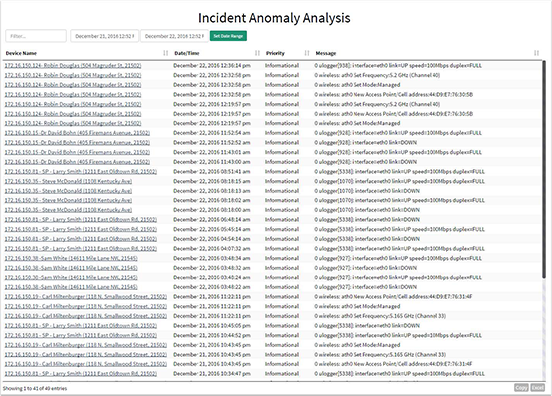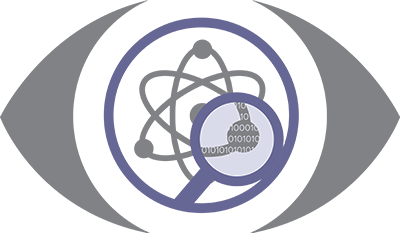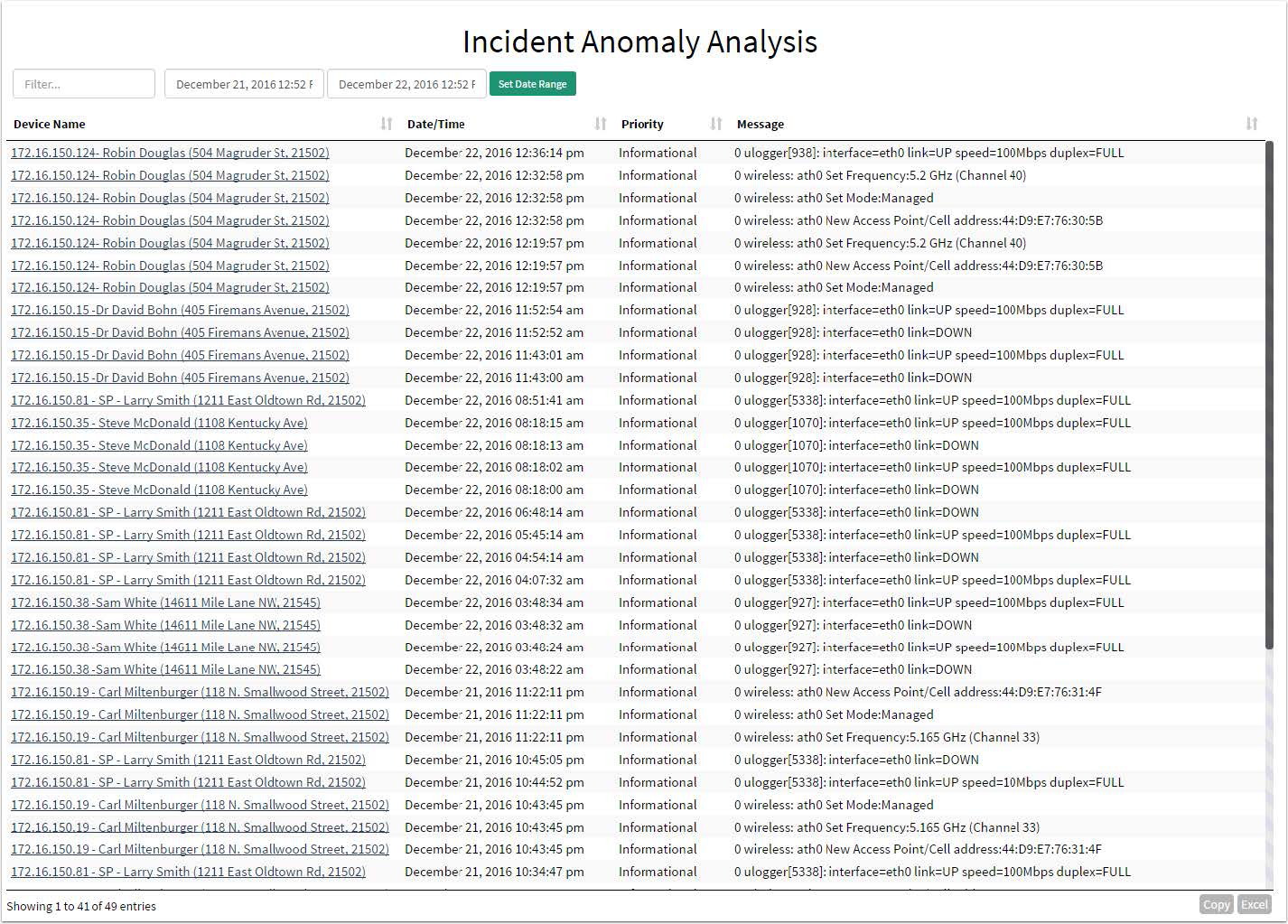GridObserver® DEEP FAILURE ANALYSIS

Click for larger image.
When a car breaks down and it’s brought to a mechanic, they don’t just say it’s broken and return it. Through their understanding of automotive technology they identify the failed automotive system and the cause of failure be it a single component of a series of associated elements. Then they fix the care and return it. Networks, like cars, are complex. They are comprised of many interrelated systems with numerous interrelationships and dependencies.
Due to the interrelationships and dependencies, the failure of any element or object within an element affects multiple other devices, or relationships. Frequently, failures arise from the relationships itself and not from the failure of any element. Typical network management systems report equipment failures but lack the depth to identify failures arising from relationships and systems and virtual circuits. GridObserver® detects these relationship due to subatomic network modeling.
GridObserver® correlates anomalies that arise due to flagging network health or potential failures.. Increasing errors on a fiber line, MTU changes on an MPLS network or widely varying radio signal strength are indicators of anomalies that GridObserver® detects using deep failure analysis. Equipped with this information, engineers, operators and executives correct issues before they fail.
Quick Look:
Deep Failure Analysis
- GridObserver®’s Deep Failure Analysis considers virtual and physical relationships within a network and monitors the health of those relationships.
- GridObserver® follows a continuous cycle of correlation and analysis to ensure that the best and most current information is always accessible to all levels of management and operations.
- Anomaly monitoring is a key component of GridObserver®’s Deep Failure Analysis. As relationships are deeply analyzed and monitored GridObserver® detects anomalies within these relationships, not just overt failure of equipment.

